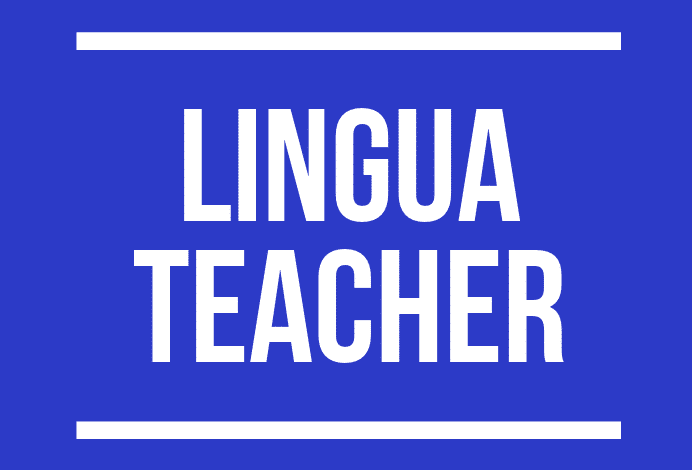Pick a language and start learning!
Difference between prepositions and postpositions Exercises in Urdu language

Understanding the difference between prepositions and postpositions is crucial for mastering the Urdu language, particularly for English speakers. In English, prepositions such as "in," "on," and "at" precede the noun or pronoun they modify, setting a clear spatial, temporal, or logical relationship. However, in Urdu, the same relational markers appear after the noun or pronoun, functioning as postpositions. This fundamental structural difference can pose challenges for learners who are accustomed to the syntactic order of English. By delving into the nuances of how these relational words operate in Urdu, you can significantly improve your comprehension and fluency.
In English, you might say "on the table," but in Urdu, the equivalent phrase would involve placing the relational marker after the noun, resulting in "table on" (میز پر - mez par). This shift not only requires a change in word order but also necessitates a deeper understanding of how context and meaning are conveyed in Urdu sentences. Through a series of targeted grammar exercises, this page aims to demystify the application of prepositions and postpositions in Urdu, providing you with practical tools to navigate this unique aspect of the language. Whether you're a beginner or looking to refine your skills, these exercises will help you internalize the correct usage and enhance your overall linguistic competence.
Exercise 1
<p>1. میں نے کتاب *میز* پر رکھی (location where something is placed).</p>
<p>2. وہ دفتر *سے* واپس آیا (indicates direction or source).</p>
<p>3. بچے پارک *میں* کھیل رہے ہیں (indicates location of an activity).</p>
<p>4. ہم نے کھانا *کے* ساتھ کھایا (indicates accompaniment).</p>
<p>5. وہ اپنے دوستوں *کے* ساتھ فلم دیکھنے گیا (indicates accompaniment).</p>
<p>6. وہ اپنے کمرے *میں* پڑھ رہی ہے (indicates location of an activity).</p>
<p>7. انہوں نے کتابیں الماری *میں* رکھ دیں (indicates location where something is placed).</p>
<p>8. ہمیں پارک *تک* جانا ہے (indicates destination).</p>
<p>9. میں نے چائے کے *بغیر* ناشتہ کیا (indicates exclusion).</p>
<p>10. وہ درخت *کے* نیچے بیٹھا ہے (indicates location relative to another object).</p>
Exercise 2
<p>1. میں نے کتاب *پر* رکھی ہے (The book is placed __ the table).</p>
<p>2. وہ اپنی ماں *کے* پاس بیٹھا ہے (He is sitting __ his mother).</p>
<p>3. ہم نے پارک *میں* چلنے کا منصوبہ بنایا (We planned to walk __ the park).</p>
<p>4. بچے اپنے کھلونوں *کے* ساتھ کھیل رہے ہیں (Children are playing __ their toys).</p>
<p>5. اس نے اپنے دوست کو خط *لکھا* (He __ a letter to his friend).</p>
<p>6. میں نے اپنی کار *کے* نیچے دیکھا (I looked __ my car).</p>
<p>7. وہ اپنے کمرے *میں* سو رہا ہے (He is sleeping __ his room).</p>
<p>8. استاد نے طلباء *سے* سوال کیا (The teacher asked a question __ the students).</p>
<p>9. وہ اپنے بھائی *کے* ساتھ فلم دیکھ رہا ہے (He is watching a movie __ his brother).</p>
<p>10. ہم نے درخت *کے* نیچے بیٹھنے کا فیصلہ کیا (We decided to sit __ the tree).</p>
Exercise 3
<p>1. وہ اسکول *کے بعد* کھیلنے جاتا ہے (indicates time after an event).</p>
<p>2. کتاب *میز پر* رکھی ہے (indicates location on an object).</p>
<p>3. وہ اپنے دوست *کے ساتھ* بازار گیا (indicates companionship).</p>
<p>4. ہم *گھر کے اندر* کھیل رہے ہیں (indicates inside a place).</p>
<p>5. اس نے خط *پوسٹ آفس میں* چھوڑا (indicates a specific location).</p>
<p>6. وہ *دروازے کے باہر* انتظار کر رہا ہے (indicates outside a place).</p>
<p>7. وہ اپنے والدین *کے بغیر* گیا (indicates without someone).</p>
<p>8. کھانا *ٹیبل پر* رکھا ہوا ہے (indicates on a surface).</p>
<p>9. وہ *پانچ بجے* واپس آیا (indicates a specific time).</p>
<p>10. ہم *صبح کے وقت* جاگتے ہیں (indicates a time of day).</p>







